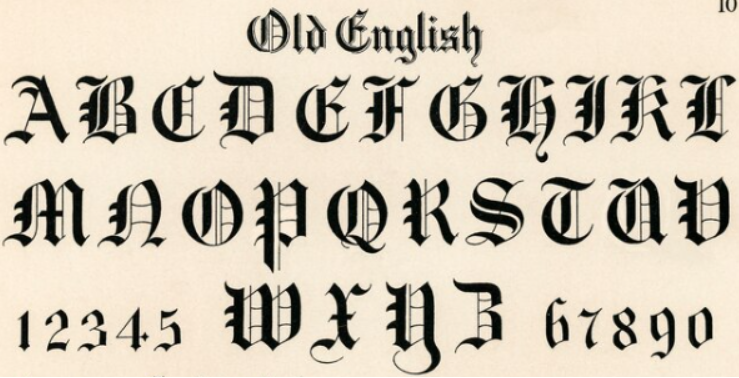On The Second Person Point Of View II
Now, let’s continue with the various styles of the second person, according to Alicia Rasley.
3. The Instructional You
This one uses the How-to style. ‘First of all you will do this then you will do that…’ Your story or book reads like an instruction manual. Lorrie Moore used this in ‘How to be an Other Woman’. Although, according to Rasley, it doesn’t completely adhere to the instructional format but uses the concept of a self-help book. Lorrie Moore’s book is really about a woman realising she is borrowing a life because she is unwilling or unable to create her own. She uses a self-help/how-to style to deliver this story.
You walk differently. In store windows, you don’t recognise yourself; you are another woman, some crazy interior display lady in glasses stumbling frantic and preoccupied through the mannequins.
(I think I can stand much of the instructional You as long as it is not written in future tense. As in, ‘You will walk differently’.)
Moore used several styles in her story including the next one.
4. The To-Do You
In this style, you make a list, a to-do list using You. The story uses the structure of a list (and you don’t always have to number it).
Lorrie Moore used it like this,
Clients to See:
1. Fallen in love (?). Out of control. Who is this? Who am I? And who is this wife with the skis and nostrils and Tylenol and does she have orgasms?
2. Reclaim yourself. Pieces have fluttered away.
3. Everything you do is a masochistic act. Why?
5. The Disguised-I You
You is often a disguised way of saying I, especially when true self-awareness is too painful.
You will see a squad car overtake you. The white cops in it will ask you to pull over. You will deliberate on it with your husband, and eventually pull over.
You will be made to stand against the car while the cops frisk you for drugs or guns. You will want to resist them, stand up for your rights, but your husband will beg you to comply and you will listen. One cop will run his hands all over your body and you will squeeze your face and cry when he touches your womanhood. You will feel humiliated. You will wish that cop dead. You will hate your husband for allowing another man to that to you. What is the whole point of belonging to him?
I think it’s easy to confuse the Disguised I with the instructional You. The difference between them seems to be the idea behind each one: are you teaching or instructing or are you dealing with something difficult to recount by pretending you are someone else.
In the Disguised-I, you is really a first person narrator, distancing himself from events by pretending to be someone else. I think this form of writing is so human and the most ‘conventional’ of the you styles.
You can have fun with it. Take one of your first person narratives and transpose, especially one in which the main character goes through a bitter or humiliating experience that he or she would rather not recall.
This is my summary of the different styles of You, according to Alicia Rasley in her book the Power of the POV.
Ms. Rasley says that writing in the future or present tense is most common with the second person POV because of the immediate or plausible effect it gives. She is of the opinion that when you write this POV in the past tense, you decrease the verisimilitude of the second person POV (her words not mine).
What she means is that the reader will immediately know it is a lie when you refer to a past that never was. Reader-involvement will be lost.
Example:
You went to an Adele concert in New York.
You know you never did, and so you don’t feel a part of the rest of what happens.
I agree she has a strong point. But honestly, that doesn’t bother me. I know I am not the You being referred to. And that’s clear to me.
The reason I have problem with the future tense is because it is like writing about something that hasn’t happened yet. Why should I waste my time reading somebody’s dream, a story that is clearly a fabrication and not reality. I’m a sci-fi novelist (Rasley is a romance novelist). Sci-fi writers write about the future to but never in that way. It’s very strange to me.
But don’t worry about me. I’ll get over it. If you write the second person POV in the future tense, you’re doing the right thing. So good luck with it.
Again, it’s okay to mix several styles when writing in this POV. Lorrie Moore did it in her classic, How to be an Other Woman.
Charles Opara writes fiction and non-fiction. His short story, The Dream, was recently nominated for the Fiction Desk Newcomer’s Awards.



